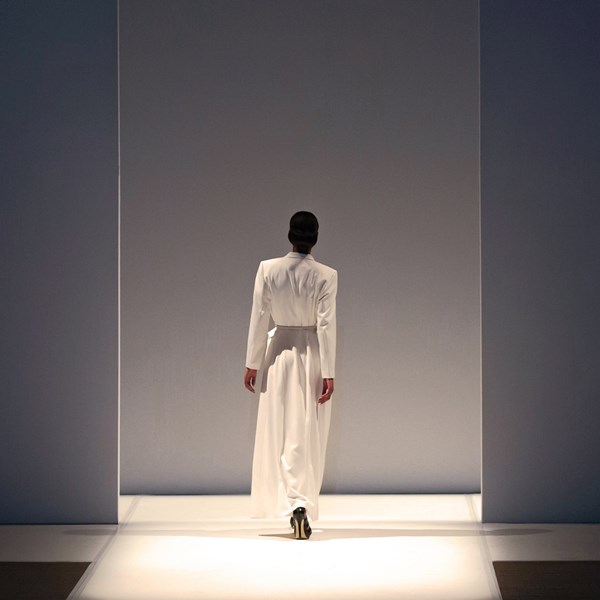After considering the case of two prominent bicycle designs, the Court of Justice of the European Union (CJEU) has judged copyright protection may apply to a product whose shape serves a technical function.
This will be the case where the work in question is an original work, existing as a result of its author’s creative conception. Copyright protection will not be available where the technical requirements left the author with no free and creative choices.
BACKGROUND
In an infringement action brought by SI and Brompton Bicycle Ltd. (together “Brompton”) against Korean company Get2Get before the tribunal de l’entreprise de Liège, Brompton alleged that the Brompton Bicycle (formerly patent protected), which folds in three separate locations allowing it to stand upright once folded, was infringed by Get2Get’s “Chedech” Bicycle. The Chedech is a visually similar bicycle which folds in the same way as the Brompton bike.
In its defence, Get2Get asserted that, since the bicycle was designed to fulfil a functional purpose, the design of the Brompton bike could not protectable by copyright. Brompton submitted that the three folding positions could be obtained by different designs and its design was, therefore, protected by copyright.
THE FACTS AND ARGUMENTS
The Belgian Court opted to stay proceedings and refer a number of questions to the CJEU for a preliminary ruling.
Firstly, must EU law, in particular Directive [2001/29], which determines, inter alia, the various exclusive rights conferred on copyright holders be interpreted as excluding from copyright protection works whose shape is necessary to achieve a technical result?
Secondly, in order to assess whether a shape is necessary to achieve a technical result, must account be taken of the following criteria:
- The existence of other possible shapes which allow the same technical result to be achieved?
- The effectiveness of the shape in achieving that result?
- The intention of the alleged infringer to achieve it?
- The existence of an earlier, now expired, patent on the process for achieving the technical result sought?
JUDGMENT
The CJEU reviewed the settled case law in this space through first considering what constitutes a ‘work’. Referring to the Cofemel judgment, it determined that a work is an author’s own intellectual creation and requires the expression of that creation. To be original, a work must be an expression of an author’s free and individual choices, which is not conducive to designs solely limited to their technical function. The CJEU confirmed that, if there is no room for creative freedom, a design cannot be an original work.
Further, works which meet the originality threshold will be protectable by copyright, even where that work is designed to serve a technical purpose. It was accepted that the Brompton shape served a functional purpose, so the question for the Belgian court is now whether it was original.
With regard to the Belgian court’s second question, the CJEU confirmed that the existence of other possible shapes allowing the same technical result, the effectiveness of the shape, and even the existence of an earlier patent, may form part of the court’s assessment, but would not be determinative. Importantly, (and perhaps thankfully) the CJEU did not follow Advocate General Campos Sánchez-Bordona’s opinion, which suggested courts could assess the subjective intention of the author. The CJEU considered subjective intention to be an irrelevant consideration in a court’s decision.
IMPLICATIONS
We now await the decision of the Companies Court. Whatever the outcome, this judgment is important in ruling out the relevance of an author’s subjective intention in determining whether a work of this kind is sufficiently original to attract copyright protection. UK copyright law is, in principle, in line with this.
However, as a result of section 51 of the Copyright, Designs & Patents Act 1988, companies in the position of Brompton are usually unable to rely on their UK copyright in order to prevent infringements and must instead rely on unregistered design rights and registered designs, where available. This is because Section 51 provides that it is not copyright infringement to make an article to a design, or to copy an article to a design, when the relevant design document records a design for anything other than an artistic work or a typeface. Bearing in mind the relatively short protection granted by UK unregistered design right, registered designs are usually worth considering for new designs of this type although, even then, the extent and length of protection is much less than that provided by copyright.







